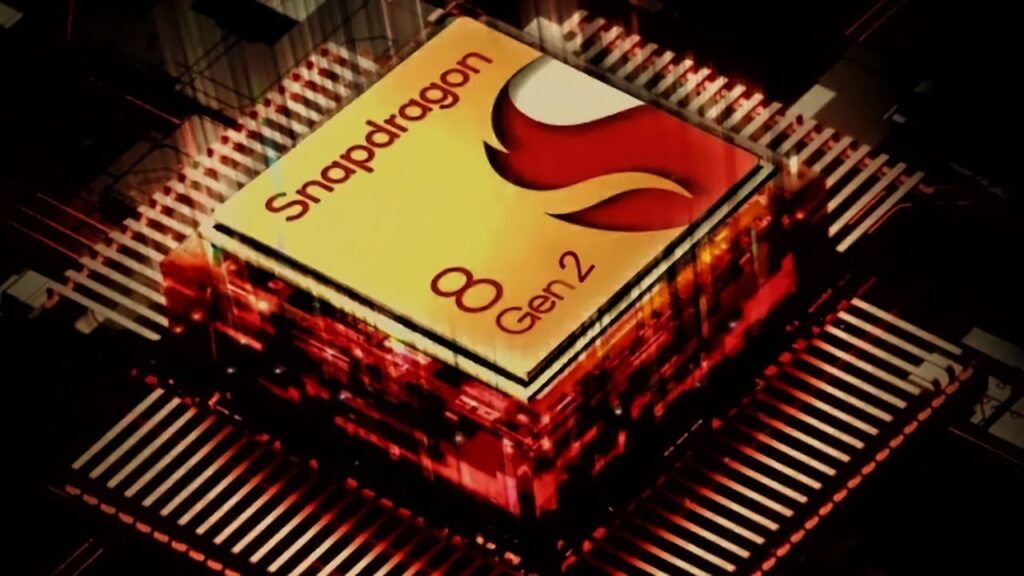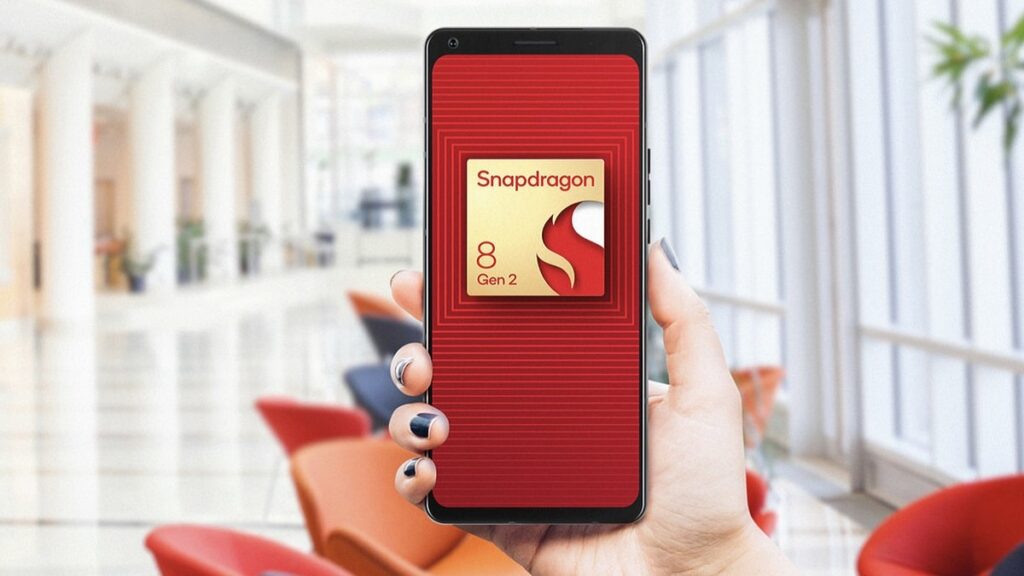Qualcomm unveiled its new flagship smartphone chip, Snapdragon 8 Gen 2, a SoC that above all wants to improve the performance of artificial intelligence. But this processor pays close attention to connectivity, redesigning the 5G module to increase performance and bringing support to Wi-Fi 7.
Qualcomm Snapdragon 8 Gen 2, presented the new chip
Qualcomm’s new chip will be the beating heart of best android smartphones which will arrive on the market in 2023 (or perhaps already by the end of this year). Those who want the best that the green robot can offer will buy devices that fully exploit the potential of this chip.
This new generation Kyro CPUs improve performance and efficiency over the first generation chip. Indeed, we find a core Arm Cortex-X3 principale a 3,2GHz, the most powerful of the set. But there are others four cores for performance (one more than Gen 1) traveling a 2,8Ghzcon three cores designed for efficiency at 2.0GHz. The power-saving cores are also more powerful than last year, boosting the entire lineup by 200 or 300 MHz over Gen 1.

The result is that this chip will have 35% faster performance, but without giving up a 40% increase in energy efficiency. The same goes for the GPU Adrenowhich should increase the graphics performance of the 25% in terms of performance and 45% for efficiency. All without changing the architecture: it remains a chip with a 4-nanometer process.
More artificial intelligence and better connectivity
If both computation and graphics improve, the most evident leap in quality is artificial intelligence. The Hexagon processor indeed makes faster AI performance by 4.35x: more than quadrupled. Qualcomm also explains that Snapdragon 8 Gen 2 will be able to handle even more complex tasks, such as translating into multiple languages in real time.
In addition, Qualcomm brings the compatibility with Wi-Fi 7, the world’s first chip to support it. This is also because almost all routers do not support it, this is more a gimmick to make your chip more ‘futuristic’. Also there is it Snapdragon X70, modem that Qualcomm had already announced at Mobile World Congress and which has an AI processor dedicated to improving 5G performance. In addition, it supports two active 5G SIMs at the same time.
Audio, gaming, imaging e video
The new chip will also supportdynamic spatial audio, allowing you to hear moving sound when you pair your smartphone with compatible headphones. Something that companies like LG, Samsung and Apple already offer, but that other companies will be able to develop now that there is support for many more smartphones.

Gamers will also be pleased to hear that the chipset is now at full throttle real-time ray tracing support, which will make the lighting effects in games more realistic.
Lo Spectra Image Signal Processor now has a Cognitive ISP which enables the “semantic segmentation” of images and videos. In simpler terms, it allows you to identify different types of subjects and sharpen the images to show them at their best. This could allow camera software developers to make the image in the viewfinder look more like what you will get after the image has been shot and processed. Also, it supports the latest ones image chips from Sony and Samsungthe two companies that produce the majority of smartphone cameras in the world.
Finally, there is support for the 8K video recording. However, playback on screen and external devices stops at 4K, so you’ll need to export the videos to see them in 8K.
On which smartphones will we see Qualcomm’s Snapdragon 8 Gen 2
The list of partners for the new chip sees the usual well-known names. Motorola, Oppo, Asus and its brand ROG for gamers. But it is missing from the list Samsung. We don’t know if that’s why Samsung want to pitch for i Galaxy S23 one of his chips Exynos, perhaps optimized for the smartphone as Apple does with Bionic chips and Google with Tensor. We’ll find out soon: the first smartphones will arrive at the end of 2022, with Samsung announcing the new top of the range at the beginning of 2023.















Leave a Reply
View Comments